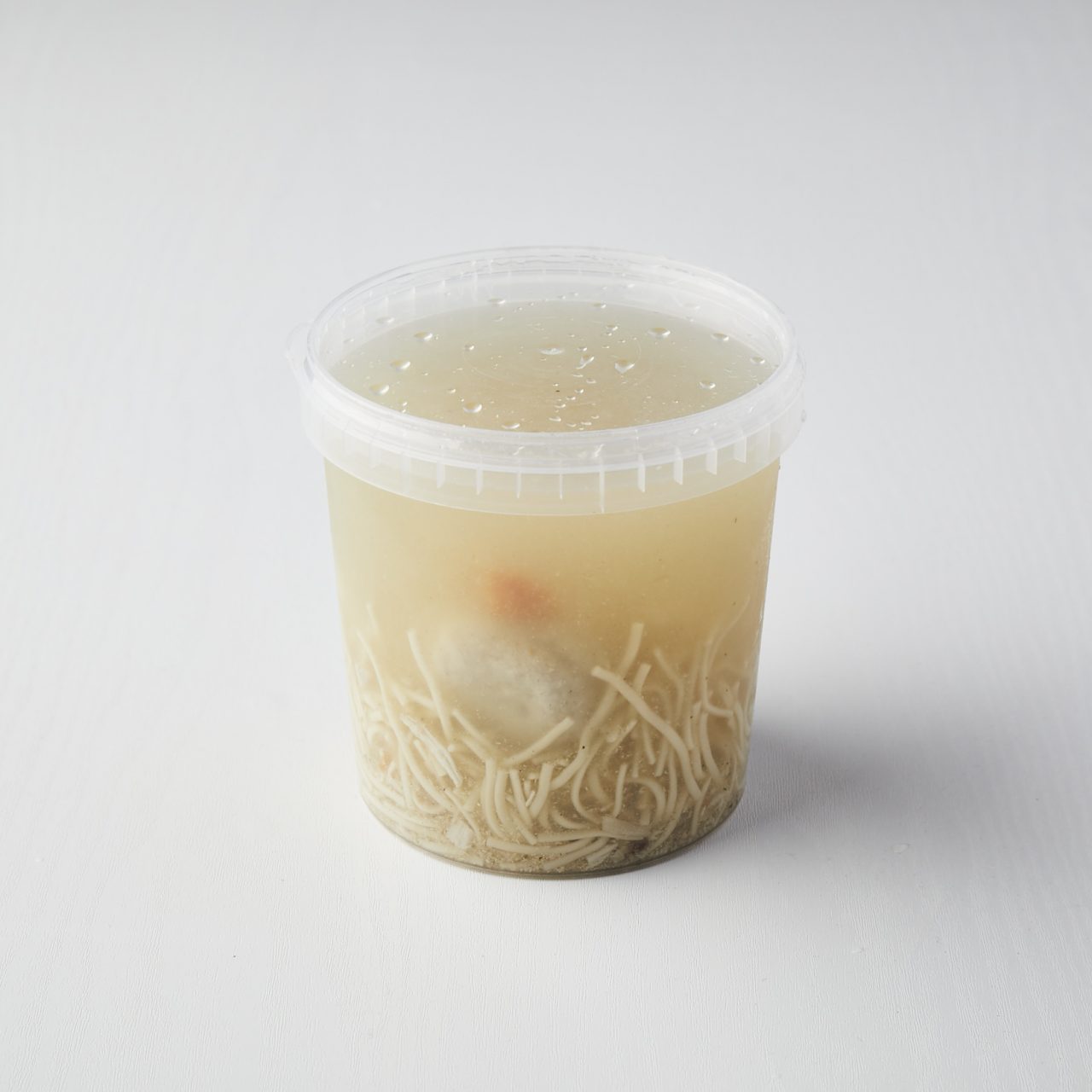Kneidlach, commonly known as matzah balls, are a staple in Jewish cuisine, especially during the Passover holiday. These delicate, fluffy dumplings are traditionally served in soup and have become a beloved dish not only among Jews but also among many others who appreciate their unique flavor and texture. This article explores the history, preparation, and cultural significance of kneidlach, offering insights into why they remain a cherished part of Jewish culinary traditions.
The Origins of Kneidlach

Kneidlach has its roots in Ashkenazi Jewish culture, where it has been a traditional dish for centuries. The name "kneidlach" comes from the Yiddish word kneydl, meaning "dumpling." During Passover, the consumption of leavened bread is forbidden, making matzah, an unleavened flatbread, the central element of the holiday. However, this restriction also led to the creation of alternative dishes like kneidlach, which are made from matzah meal rather than regular flour.
Passover, or Pesach, commemorates the Israelites' exodus from Egypt. The tradition of eating matzah symbolizes the haste with which the Israelites left Egypt, as there was no time for their bread to rise. Kneidlach, in this context, represent a creative adaptation that allows for a comforting and familiar dish while adhering to religious dietary laws.
The Basic Recipe for Kneidlach

Making kneidlach is a straightforward process that requires only a few simple ingredients. One popular method is the "2, 2, and 2" recipe, which uses 2 eggs, 2 tablespoons of water, and 2 tablespoons of oil, melted margarine, or chicken fat. These ingredients are mixed together to form a small ball, seasoned with salt and white pepper.
Next, coarse matzah meal is added to the mixture. It's essential to use coarse matzah meal, which is available in most supermarkets around Passover and in kosher stores year-round. The amount needed varies between ¾ to 1 cup, depending on the desired consistency. After mixing, the dough is covered and allowed to rest in the refrigerator or at room temperature for about 20 minutes. This resting period helps the matzah meal absorb the liquid, resulting in a firmer texture that makes shaping easier.
Cooking the Kneidlach

Once the dough is ready, the next step is to bring a large pot of salted water or soup to a boil. Covering the pot helps the water reach a boil more quickly. While the water is heating, the dough is formed into balls, roughly the size of a ping pong ball. Wetting your hands before shaping the balls prevents them from sticking and makes the process smoother.
The balls are then gently dropped into the boiling water or soup. As they cook, they will rise to the surface, indicating they are done. The cooking time is typically around 20 minutes, depending on the size of the balls. For the best results, kneidlach should be cooked until they are soft but still have a slight bite, often referred to as "al dente."
Variations and Modern Adaptations

While traditional kneidlach are made with matzah meal, modern variations have emerged, including meat-based versions known as "meat kneidlach." These are made with ground beef, eggs, onions, and other seasonings, creating a hearty alternative that appeals to those who prefer a more substantial dish. Some recipes even incorporate vegetables or different types of broth, such as vegetable or tomato, to add variety and depth of flavor.
For those who find the process too time-consuming, store-bought kneidlach mixes are available in kosher delis and supermarkets. These mixes offer a convenient option without compromising on taste. As Marilyn Monroe humorously noted, “Isn’t there another part of the matzah we can eat?”—a lighthearted comment that highlights the universal appeal of this dish.
The Cultural Significance of Kneidlach
Beyond their culinary appeal, kneidlach hold deep cultural significance. They are often associated with family gatherings, particularly during the Passover Seder, where they are served as part of the festive meal. The act of preparing and sharing kneidlach reinforces a sense of community and tradition, connecting generations through food.
In recent years, kneidlach have gained popularity beyond Jewish communities, thanks to the growing interest in global cuisines and the influence of Jewish delis in major cities. Today, they are enjoyed by people of all backgrounds, proving that good food has the power to transcend cultural boundaries.
Conclusion
Kneidlach, or matzah balls, are more than just a dish—they are a symbol of heritage, resilience, and tradition. Whether prepared at home using a classic recipe or purchased from a local deli, these fluffy dumplings continue to bring joy and comfort to many. As the saying goes, "A good kneidlach is often one that is cooked 'al dente': soft, but with some bite to it." With their rich history and versatile nature, kneidlach are sure to remain a favorite for generations to come.